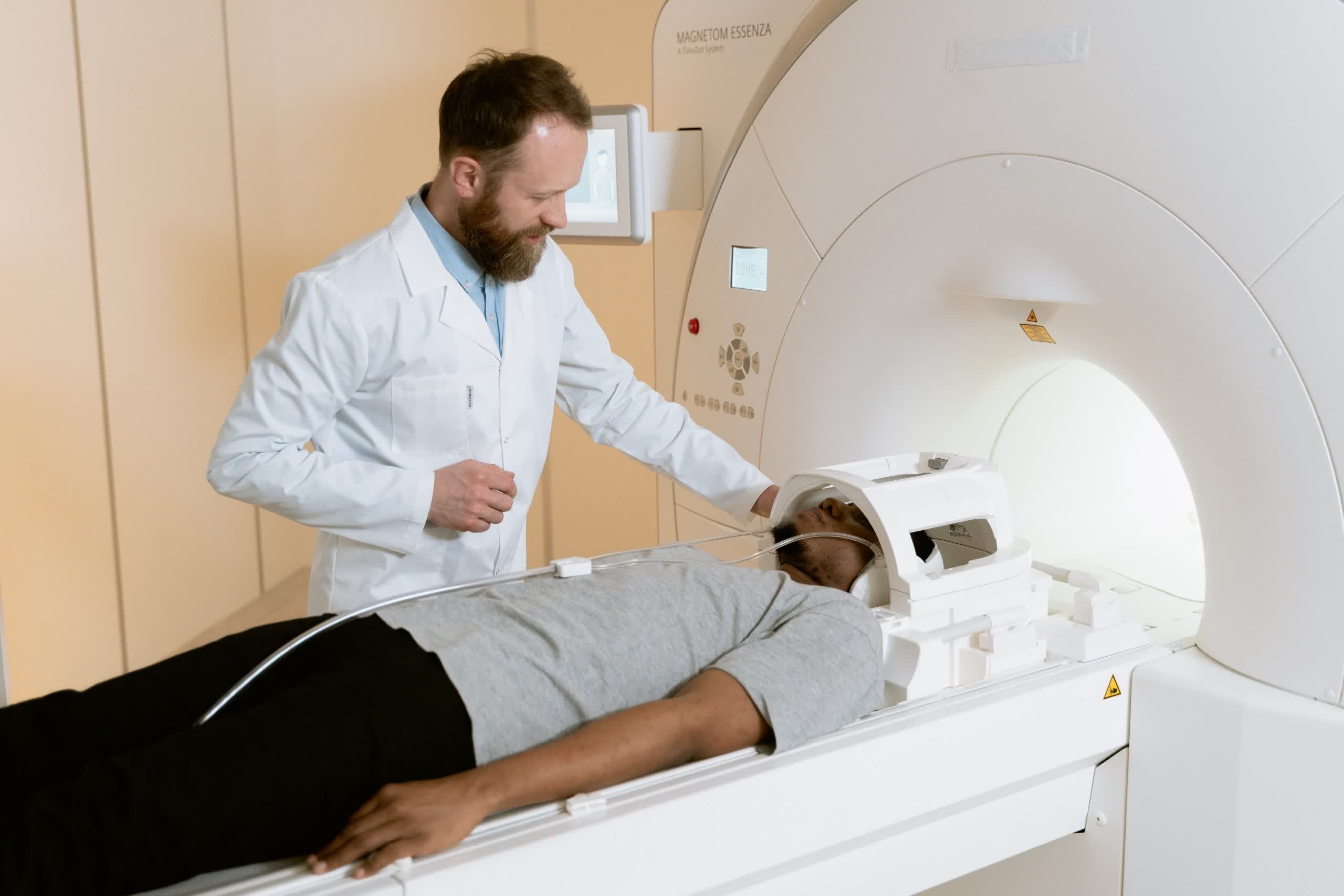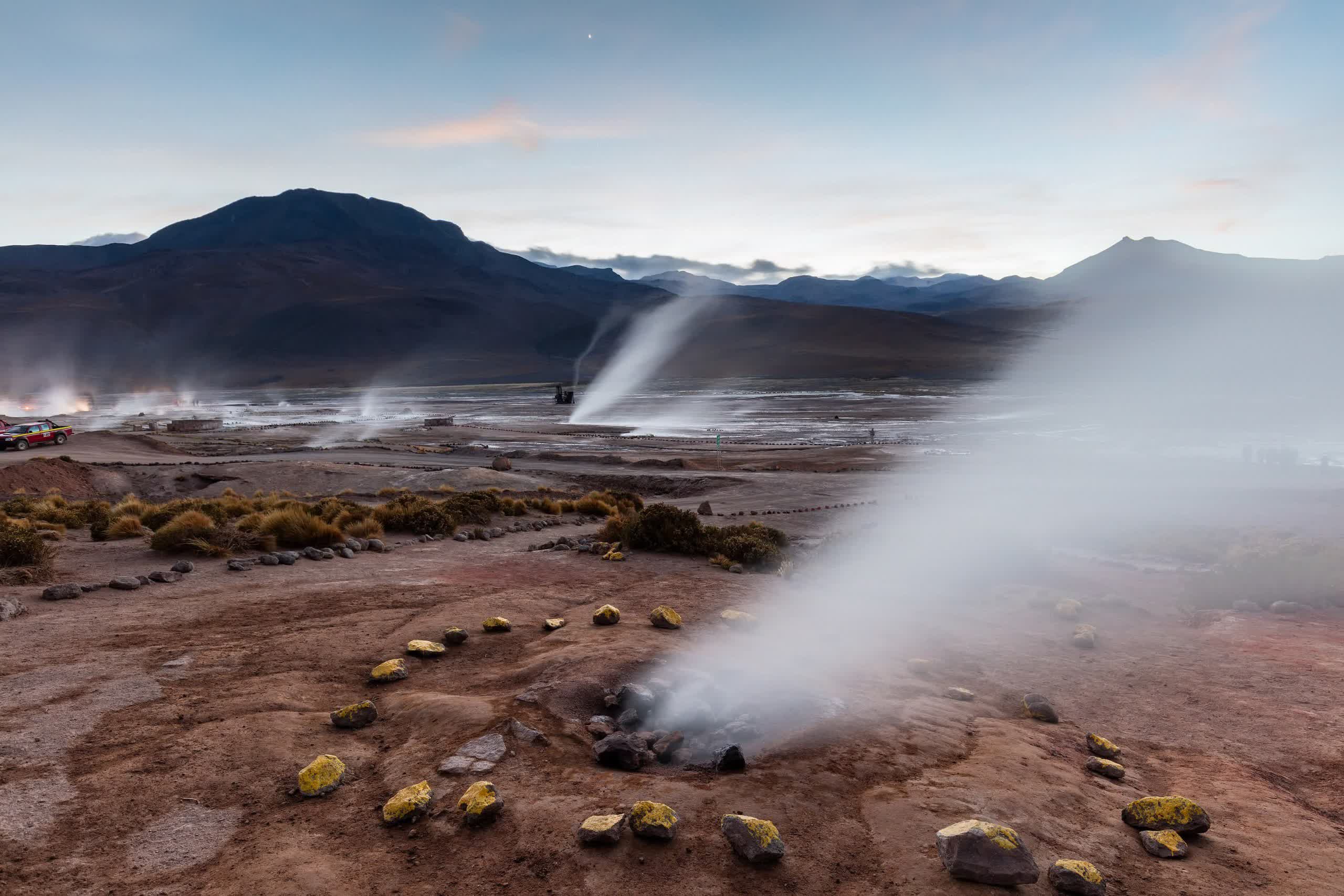In context: Helium is an element that most of us take for granted. We use it to float birthday balloons. It is also a component in some electronics, such as helium-filled hard drives. Magnetic resonance Imaging (MRI) machines use liquid helium for superconducting magnets. Unfortunately, the earth is running out of this essential element.
Helium takes thousands of years to form within the earth through radioactive decay. Its small size makes it lighter than air, so it slowly seeps through the earth's crust and collects in gas pockets we can drill into and tap. Its extremely long gestation time makes it virtually non-renewable, so the earth will eventually run out.
We are currently facing a global helium shortage. Russia's Amur natural gas processing plant, which supplies about one-third of the world's helium, recently suffered two fires --- one in January and another in October. Coupled with the war in Ukraine and the trade embargos involved, the US has little helium to spare on frivolous things like party balloons.
In fact, suppliers have begun rationing the gas and reducing the amount they sell to "non-priority customers," NBC News noted. The top of the priority list is the medical industry. However, doctors are still fearful that the shortage will limit one of their best tools for diagnosing internal injuries and illnesses --- the MRI.
"Helium has become a big concern, especially now with the geopolitical situation," said Professor of Radiology Mahadevappa Mahesh from John Hopkins School of Medicine.
Magnetic resonance imaging can provide doctors with detailed renderings of internal organs and bones that other machines like X-rays cannot achieve. These images allow medical personnel to see anything from tumors to internal bleeding. However, an MRI machine must cool its magnets to near absolute zero (-459.67°F) to create these pictures.
Since helium is the coldest element on earth, with a boiling point of -452°F, it is ideal for cooling magnets to the low kelvin temperatures needed. This chilling allows current to pass through the MRI's electromagnets virtually resistance-free, making them superconductors.
The good news is that MRI machines only need to be refilled every three to four years. The bad news is it takes about 2,000 liters of liquid helium to operate an MRI. So far, hospitals have not yet had to cut back on MRI testing. However, helium prices have already begun to skyrocket, which will make an already expensive diagnosis tool even more costly.
Image credit: Diego Delso

